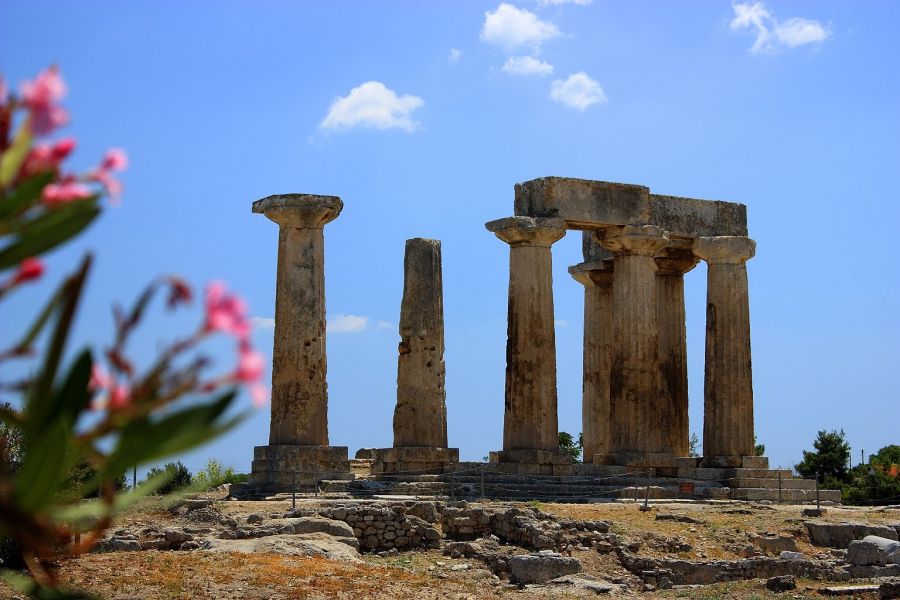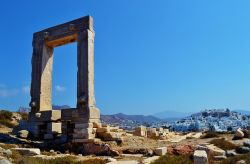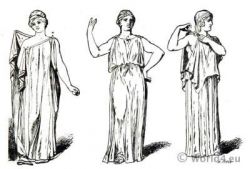-
News
Sights of Interest in Greece
-

Ancient Corinth
25-02-2015 14:28The city of ancient Corinth grew up on the northern slopes of the hill of Akrokorinthos, which acted as the fortified citadel of the ancient and medieval cities. The site was occupied continuously from the Neolithic period to the Middle Ages. The economomic and artistic acme of Corinth began in the 8th c. BC and is connected with the rule of the Bakkhiadai family and the foundation of two important colonies, Corcyra and Syracuse. The growth of the city reached its culmination at the time of the Kypselidai (after the middle of the 7th c. BC).
In the 5th c. BC Corinth was one of the three major powers in Greece, and took part in all the battles against the Persians. After the Persians ceased to be a danger to Greece, her intense rivalry with Arthens reduced Corinth to a secondary position. Important landmarks in the city's history include its comprehensive destruction by the Romans in 146 BC, and its resettlement by Julius Caesar in 44 BC, which marked the beginning of a new period of prosperity.
Archaeological Site
The archaeological site is dominated by the Archaic temple of Apollo, built on a rocky hil. It is a Doric peripteral temple with monolithic columns (6x15). Around it evolved the commercial, cultural and religious centre of the city, which included the agora, sanctuaries and temples, theaters, fountains and public buildings. To the west of the temple stood the theatre, the first phase of which goes back to the 5th c. BC, and the Glauke fountain, cut into the natural rock. The main agora stretches to the south of the tmple, flandked by a series of shops and stoas. In the middle of a row of shops which stood along the south edge of the agora's central section, is the bema (tribunal) from which St. Paul spoke to the Corinthians in AD 52. A paved street, the Lechaion road, led from the agora, through a monumental propylon, to the port. To right and left of this street are a varitey of buildings, the periobolos (enclosure) of Apollo, the monumental Perirene fountain etc.
The Museum
The Museum contains the rich finds yielded by the excavations in the area of ancient Corinth. In room I are displayed finds (pottery, figurines, tools) from the prehistoric installations in the area. Room II contains objects from the Geometric Archaic and Classical periods. Room III houses statues of Roman rulers, floor mosaics, wall paintings and Roman and Byzantine pottery. The Asklepieion room contains mainly votives from the Asklepieion at Corinth.
-
Top bews!
-
Relative articles
















